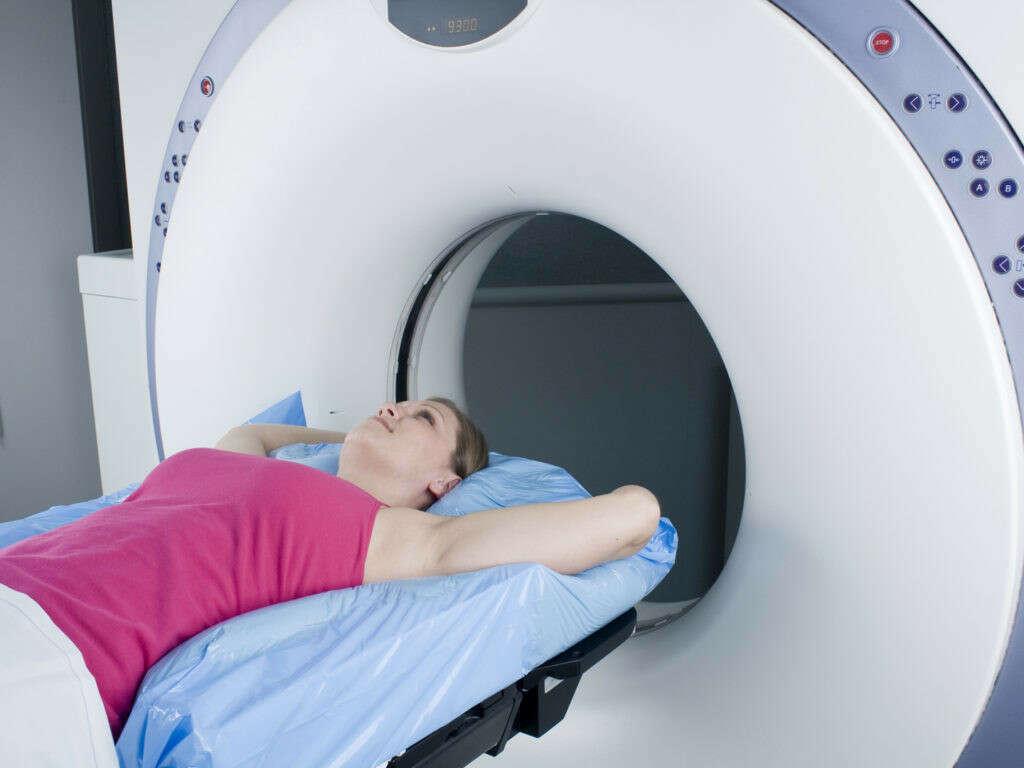10 Side Effects of Antihistamines
Antihistamines are medications used in the treatment of allergies. They can provide relief from sneezing, nasal congestion, hives, and other allergic reactions. Generally, antihistamines are inexpensive and available over the counter without causing significant side effects.
Antihistamines are usually used for short-term treatment. Antihistamines target the histamine receptors. The two main types of antihistamines available are the H1 antihistamines and H2 antihistamines.
H1 antihistamines are usually used in the treatment of allergic reactions involving the nose such as a runny nose and sneezing. They can also be used in the management of insomnia. Examples of H1 antihistamines include diphenhydramine, doxylamine, chlorpheniramine, and cetirizine. H2 antihistamines can be used in the treatment of peptic ulcers and acid reflux. Examples include cimetidine, ranitidine, lafutidine, and famotidine. Below are 10 side effects of antihistamines to be aware of.

Side Effect #1: Sedation or Drowsiness
Sedation refers to the reduction of agitation or irritability due to the administration of drugs. In this case, antihistamines can cause sedation which translates to drowsiness. Drowsiness or somnolence refers to the strong desire to sleep, which can also be caused by circadian rhythm disorders and illness.
Drowsiness can be dangerous, especially during daily activities such as driving. When fatigued, the individual may experience microsleeps. Sedation or drowsiness is a common side effect seen in H1 antihistamines that cross the blood brain barrier. Examples include doxylamine and diphenhydramine.

Side Effect #2: Dry Mouth
Xerostomia of dry mouth occurs when there is reduced salivary flow, change in the composition of saliva, or with no identifiable cause. It is a common symptom and often seen as a side effect of various medications.
It is most common among the elderly as this specific population tend to take more medications. Dry mouth is also common among those who breathe through their mouth. Other causes include radiotherapy of the salivary glands, dehydration, and chemotherapy. It is also a common side effect of antihistamines.

Side Effect #3: Dizziness
Dizziness refers to the impairment of stability and spatial perception. It is a term that can be used to describe disequilibrium, vertigo, and presyncope.
Disequilibrium describes the feeling where one is unbalanced. Vertigo occurs when there is a sensation of spinning surroundings. Presyncope can be associated with muscular weakness and feeling faint. Some antihistamines such as diphenhydramine and dimenhydrinate may be beneficial in the management of dizziness. However, dizziness is also an uncommon side effect of antihistamines.

Side Effect #4: Nausea
Nausea is an unpleasant sensation where there is an urge to vomit. While it may not cause pain, nausea can be debilitating, especially if prolonged as it places discomfort on the back of the throat, upper abdomen, and chest. Like pain, nausea teaches the person to avoid harmful triggers.
It is a nonspecific and common symptom seen in various conditions such as motion sickness, food poisoning, gastritis, migraines, hypoglycemia, and dizziness. It can be also a side effect of some medications such as chemotherapy agents, antihistamines, and ergotamine. Nausea can be managed using antiemetics such as promethazine, ondansetron, and metoclopramide. While some antihistamines can be used to manage nausea, some may also cause nausea.

Side Effect #5: Vomiting
Vomiting refers to the involuntary and forceful expulsion of stomach contents through the mouth and nose. It can occur due to a variety of conditions such as food poisoning, gastritis, motion sickness, and brain tumors. Severe vomiting can lead to dehydration, which may require the administration of intravenous fluids.
Vomiting can lead to complications such as aspiration pneumonia, Mallory-Weiss tear, and wearing off of tooth enamel. It can be managed using antiemetics such as ondansetron, promethazine, and metoclopramide. While some antihistamines may be beneficial in the management of vomiting, some individuals also experience vomiting as a side effect of antihistamines.

Side Effect #6: Hyperactivity and restlessness
Even though, antihistamines usually produce drowsiness, some of them may actually cause hyperactivity. Patients may feel nervous and restless and euphoria may appear.
This is not a very common side effect and it is not seen with all antihistamines, so if you are having symptoms like the ones described above, you should check with your doctor to make sure everything is fine.

Side Effect #7: Headaches
One of the most common side effects associated with antihistamines is the classic headache. It can be difficult to assess the real incidence of this side effect, because some of the pathologies which may lead a patient to use antihistamines, may cause a headache as well. That being said it is described to happen in 10 to 15% of patients.
The headache is usually not so intense, it shouldn’t interfere with your day to day activities and goes away fairly quickly (2 hours at most). If you are having constant headaches, you should seek medical attention for further evaluation and diagnosis.

Side Effect #8: Issues with Vision
Some antihistamines such as diphenhydramine can cause patients to have blurry vision. These issues with vision are due to the inhibition of cholinergic nerves as some antihistamines are anticholinergics. The cholinergic nerves help the pupil to adjust, especially when looking at close images or objects.
Therefore, a possible side effect of antihistamines (that are anticholinergics) are vision issues. This also applies to allergy eye drops. Patients who experience persistent vision issues despite stopping the antihistamines should see a doctor.

Side Effect #9: Urinary Retention
Urinary retention refers to the inability to completely empty the bladder. It can be both acute or chronic. Acute urinary retention lasts a short time and patients have difficulty urinating despite having a full bladder. Usually requires emergency treatment as it can cause great pain and may also lead to more serious complications.
Chronic urinary retention can be long lasting. Individuals with chronic urinary retention can urinate but do not void completely. One of the side effects of antihistamines is urinary retention as it interferes with nerve signals to both the prostate and bladder. Antihistamines that have been implicated are cetirizine, diphenhydramine, chlorpheniramine, and fexofenadine.

Side Effect #10: Fatigue
Muscle weakness or myasthenia occurs when there is lack of muscle strength. It can be divided into true or perceived muscle weakness. True weakness is usually seen in skeletal muscle diseases such as myasthenia gravis, inflammatory myopathy, hypokalemia, electrolyte imbalances, and muscular dystrophy.
Perceived muscle weakness refers to the condition where an individual feel that more effort is required to exert an amount of force despite having normal muscle strength. This can be seen in conditions such as chronic fatigue syndrome. Muscle weakness is a potential side effect of antihistamines.












